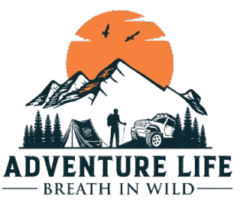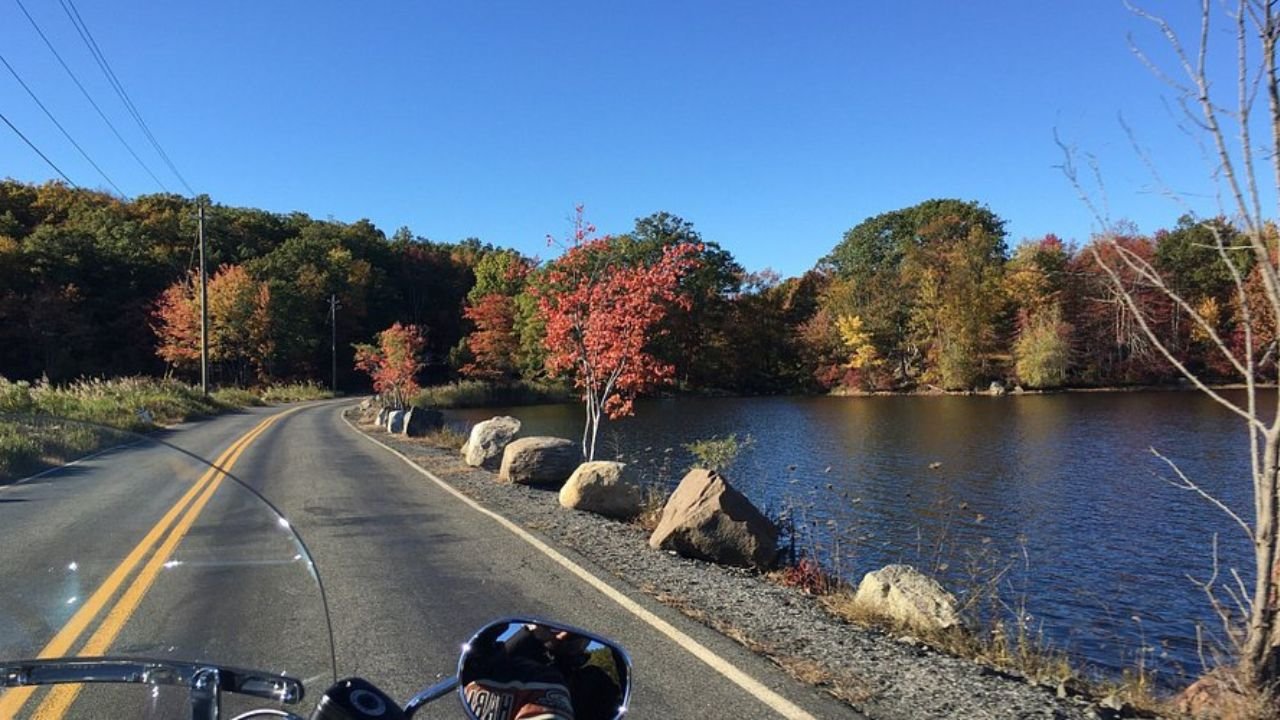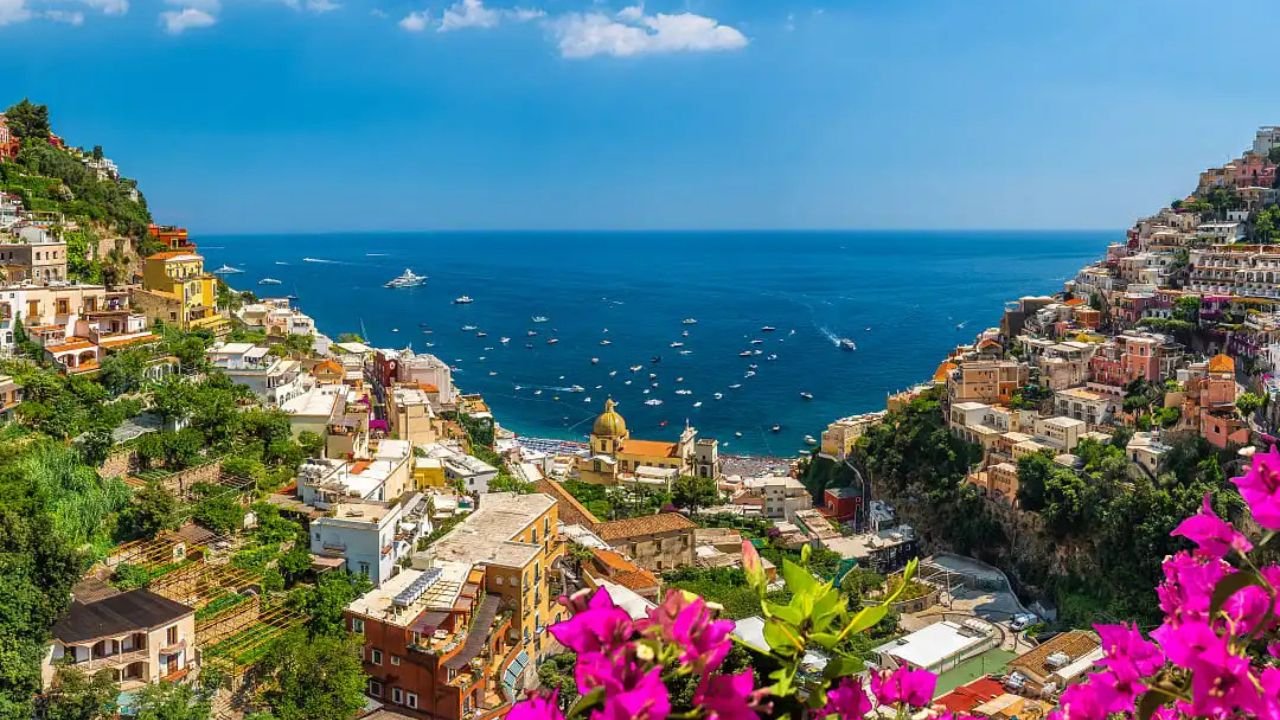Introduction
Embarking on a road trip is one of the most exhilarating ways to explore the diverse landscapes, hidden gems, and breathtaking vistas of a region. For nature lovers, adventure seekers, and photography enthusiasts, few routes compare to the Seven Lakes Loop—a scenic, multi-lake journey that showcases the natural splendor of the mountains, forests, and pristine waters.
This guide will take you through everything you need to know about the Seven Lakes Loop, from its origins and scenic highlights to practical tips for travelers, the best seasons to visit, and insider secrets to make your journey unforgettable.
The Essence of the Seven Lakes Loop
What is the Seven Lakes Loop?
The Seven Lakes Loop is a popular scenic drive, hiking trail, and outdoor adventure route located in [Region Name—e.g., Northern California, Colorado Rockies, or specific national park area]. The loop typically covers a circular or out-and-back route that encompasses seven stunning alpine lakes, each with its unique character and charm.
While the specific lakes vary depending on the region, the core concept remains the same: a journey through lush forests, rugged mountain passes, and crystal-clear waters, offering picture-perfect vistas at every turn.
Why the Seven Lakes Loop?
- Natural Beauty: The route showcases the diversity of alpine ecosystems, with lakes nestled among towering peaks and mirrored reflections.
- Adventure & Recreation: Opportunities for hiking, fishing, kayaking, camping, and photography.
- Accessibility: Many parts of the loop are accessible by vehicle, with options for extended exploration on foot.
- Serenity & Solitude: Away from crowded tourist spots, the loop offers peaceful immersion into untouched nature.
Historical and Geographical Context
Origins of the Route
The Seven Lakes Loop often traces ancient glacial and volcanic formations, shaped over thousands of years by natural forces. Indigenous tribes historically inhabited these regions, relying on lakes for sustenance and spiritual practices. Later, explorers and settlers established trails and roads that now form the backbone of the loop.
Geographical Features
The route winds through diverse terrains: dense coniferous forests, alpine meadows, rugged mountain passes, and high-altitude lakes. The elevation ranges from [lowest point] to [highest point], offering panoramic views and unique ecological zones.
Planning Your Journey
Best Time to Visit
Timing is crucial for a successful and enjoyable adventure:
- Summer (June to September): Most lakes are thawed and accessible; wildflowers bloom; longer daylight hours.
- Fall (October): Spectacular foliage; fewer crowds; crisp air.
- Spring (April-May): Snowmelt begins; waterfalls are abundant; fewer tourists.
- Winter (December-February): Possible snow and ice; suitable for winter sports if properly equipped; some routes may be closed due to snow.
How to Get There
Depending on your starting location, access points to the loop vary. Major nearby cities or airports often provide the easiest access:
- By Car: Rent a vehicle and plan to spend at least 2-4 days exploring.
- Public Transit: Limited options; best combined with car rentals or guided tours.
Duration & Itinerary
A typical full circuit takes 2-4 days, allowing time for sightseeing, hiking, and relaxation. An abbreviated trip can focus on key lakes or segments.
The Lakes: A Closer Look
Let’s explore each of the seven lakes typically featured on the loop, highlighting their unique features, activities, and tips.
1. Crystal Lake
Highlights:
- Known for its mirror-like surface reflecting surrounding peaks.
- Popular for kayaking and paddleboarding.
- Surrounded by dense forests and wildflower meadows.
Activities:
- Photography at sunrise and sunset.
- Canoeing and fishing.
Tips:
- Arrive early to avoid crowds.
- Pack water shoes for shoreline access.
2. Sapphire Lake
Highlights:
- Named for its striking blue color.
- Smaller and more secluded.
- Surrounded by rugged terrain and rocky outcroppings.
Activities:
- Short hikes around the lake.
- Wildlife spotting—birds, marmots, and occasionally deer.
Tips:
- Bring binoculars and camera gear.
- Be prepared for variable weather.
3. Emerald Lake
Highlights:
- Known for vibrant green hues caused by mineral deposits.
- Popular picnic spot and camping area.
- Offers stunning views of nearby peaks.
Activities:
- Camping and picnicking.
- Short trail around the lake.
Tips:
- Reserve campsites in advance if possible.
- Carry layers of clothing for changing weather.
4. Opal Lake
Highlights:
- Hidden gem with crystal-clear waters.
- Surrounded by wildflowers and alpine flora.
- Less frequented, ideal for solitude.
Activities:
- Hiking to the lake via a moderate trail.
- Photography and relaxation.
Tips:
- Use trail maps and GPS.
- Carry sufficient water and snacks.
5. Topaz Lake
Highlights:
- Known for its reflective quality and tranquil setting.
- Located at higher elevation with panoramic vistas.
Activities:
- Fishing for trout and native species.
- Birdwatching.
Tips:
- Bring fishing gear and binoculars.
- Be aware of altitude sickness; acclimate accordingly.
6. Amethyst Lake
Highlights:
- Named after its purple mineral deposits visible along the shoreline.
- Surrounded by jagged peaks and rocky terrain.
Activities:
- Hiking and scrambling for panoramic views.
- Photography of geological formations.
Tips:
- Wear sturdy footwear.
- Check trail conditions before proceeding.
7. Opaline Lake
Highlights:
- The highest elevation lake on the loop.
- Offers dramatic scenery and solitude.
Activities:
- Extended hikes for experienced trekkers.
- Camping for overnight adventures.
Tips:
- Prepare for high-altitude conditions.
- Carry necessary camping gear and navigation tools.
Navigating the Route
Road Conditions & Infrastructure
Depending on the region, the roads may include paved highways, gravel forest roads, and rugged mountain passes. Some sections may be closed seasonally due to snow or maintenance.
- Vehicles: All-wheel-drive or high-clearance vehicles recommended for rougher sections.
- Navigation: Use GPS devices, detailed maps, and local signage.
- Safety: Carry emergency supplies, extra fuel, and a satellite phone if venturing into remote areas.
Recommended Stops & Detours
In addition to lakes, consider exploring:
- Mountain viewpoints: For breathtaking panoramic vistas.
- Waterfalls: Hidden cascades along hiking trails.
- Wildlife viewing points: For spotting deer, bears, or alpine birds.
- Cultural sites: Historic cabins, indigenous sites, or visitor centers.
Outdoor Activities Along the Loop
The seven lakes route is a hub for diverse outdoor pursuits:
Hiking & Backpacking
- Trails vary from easy walks to strenuous scrambles.
- Multi-day backpacking trips can traverse multiple lakes and mountain passes.
Camping
- Many lakes have designated campgrounds or backcountry sites.
- Always follow Leave No Trace principles.
- Secure permits where required.
Fishing
- Rich in native trout and other freshwater species.
- Check local regulations and obtain necessary licenses.
Kayaking & Canoeing
- Calm lakes are perfect for paddling.
- Rent equipment or bring your own.
Photography & Wildlife Watching
- Capture the stunning landscapes, reflections, and wildlife.
- Early mornings and late evenings provide ideal lighting.
Practical Tips for a Successful Trip
Preparation
- Research: Study maps, trail guides, and weather forecasts.
- Gear: Pack layers, waterproof clothing, sturdy footwear, camping gear, and safety equipment.
- Permits & Regulations: Obtain necessary permits for camping, fishing, or park access.
- Fitness: Prepare physically for hikes and altitude changes.
Safety Considerations
- Weather: Mountain weather can change rapidly. Be prepared for rain, cold, or heat.
- Altitude: Some lakes are at high elevations; acclimate gradually.
- Wildlife: Keep a safe distance from animals; store food securely.
- Navigation: Always carry a GPS, compass, and backup maps.
- Communication: Cell service may be limited; carry emergency communication devices.
Environmental Stewardship
- Follow Leave No Trace principles.
- Avoid disturbing wildlife or vegetation.
- Pack out all trash and waste.
- Respect local regulations and cultural sites.
Sample Itinerary for a 3-Day Adventure
Day 1: Arrival & Initial Exploration
- Start early from your base (nearest town or city).
- Drive to the first lakes—Crystal and Sapphire.
- Enjoy short hikes, photography, and paddling.
- Camp or stay overnight at nearby facilities.
Day 2: Main Loop & Mountain Passes
- Traverse to Emerald and Opal Lakes.
- Hike higher to Opaline Lake for panoramic views.
- Explore waterfalls and scenic viewpoints.
- Evening at a designated campsite or lodge.
Day 3: Summit & Return
- Optional early morning hike to a high-altitude lake or viewpoint.
- Visit additional lakes or explore cultural sites.
- Head back home or to your next destination.
Conservation and Responsible Tourism
The beauty of the Seven Lakes Loop depends on the preservation of its ecosystems. Travelers have a responsibility to:
- Follow all park and trail regulations.
- Avoid littering and encourage fellow travelers to do the same.
- Respect wildlife and keep a safe distance.
- Use eco-friendly products and practices.
- Support local communities and conservation initiatives.
Conclusion
The Seven Lakes Loop is more than just a scenic drive; it’s an immersive journey into nature’s grandeur. With its pristine waters, rugged mountain landscapes, and abundant wildlife, it offers a perfect escape for outdoor enthusiasts and adventurers seeking tranquility and awe.
Whether you’re planning a short weekend getaway or an extended exploration, the loop promises unforgettable vistas, memorable experiences, and a deep connection with the natural world. Prepare well, respect the environment, and embrace the adventure—your journey through the Seven Lakes awaits!




